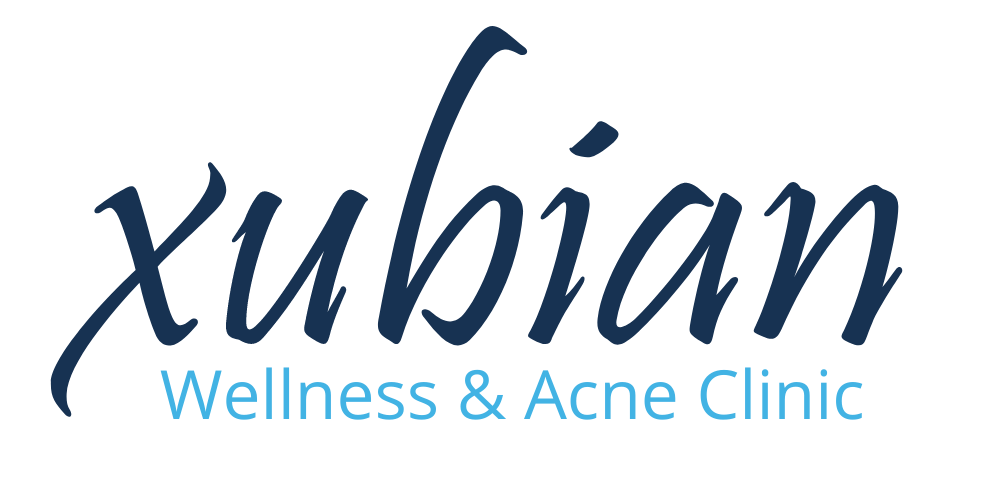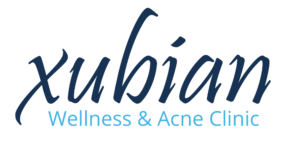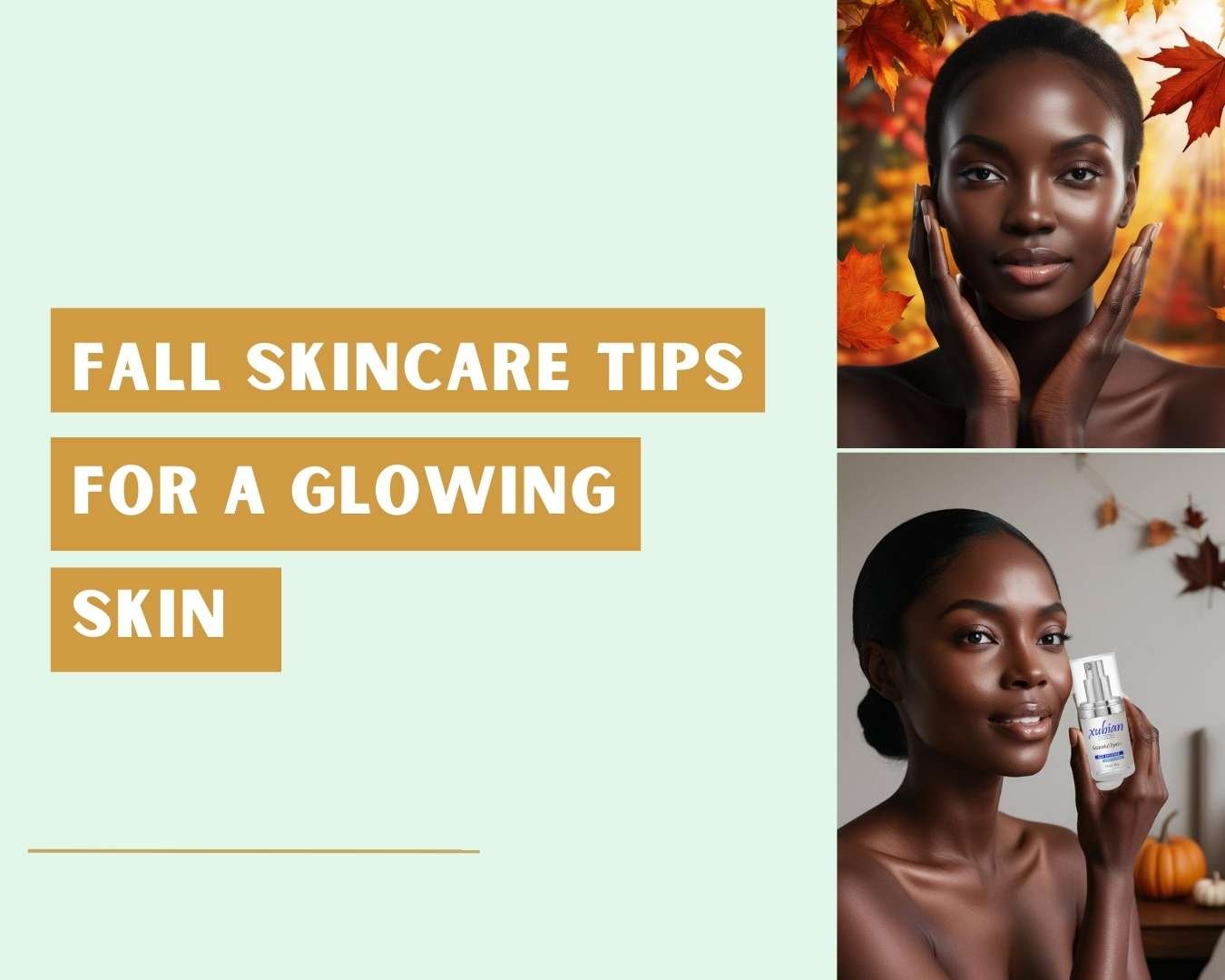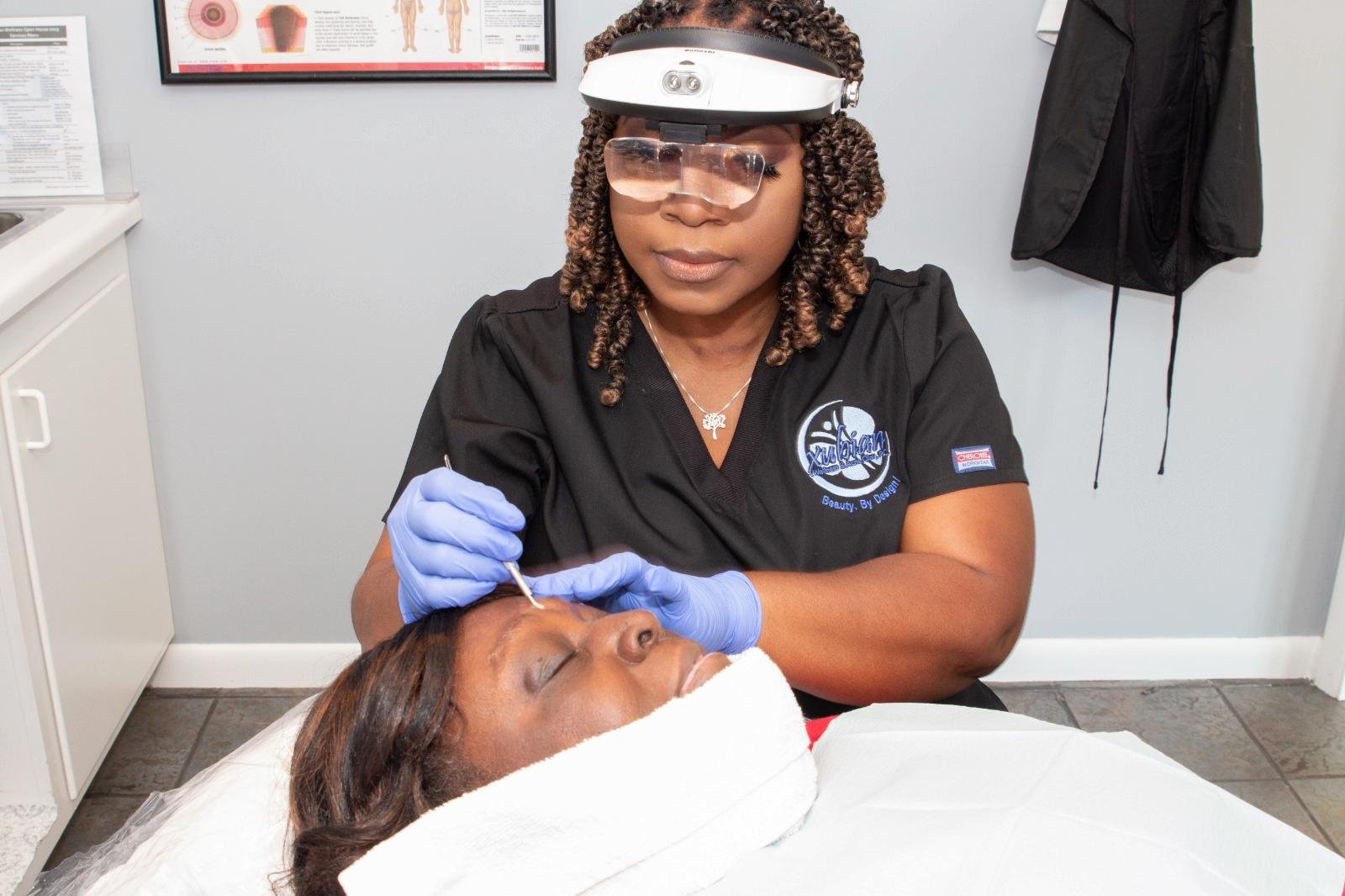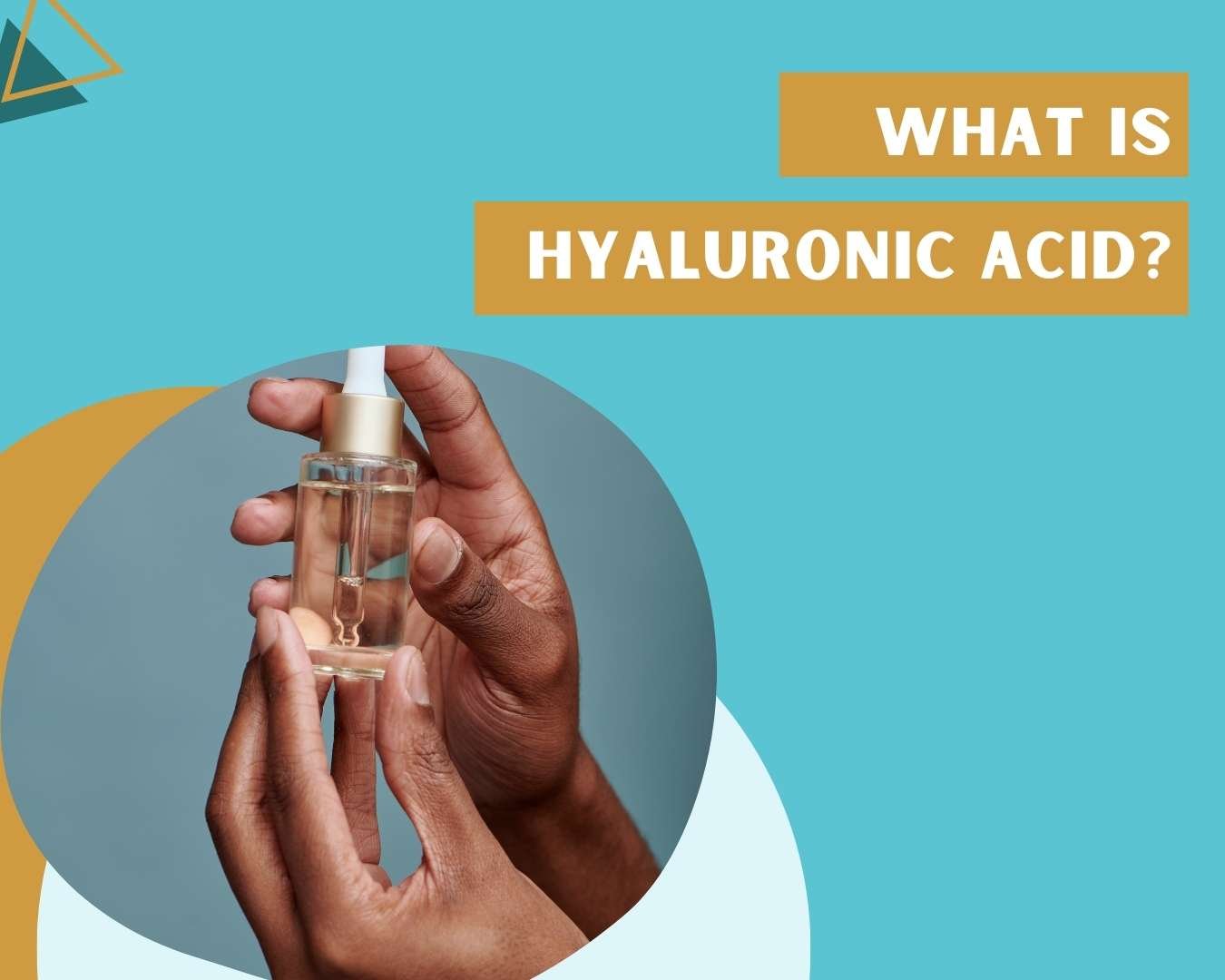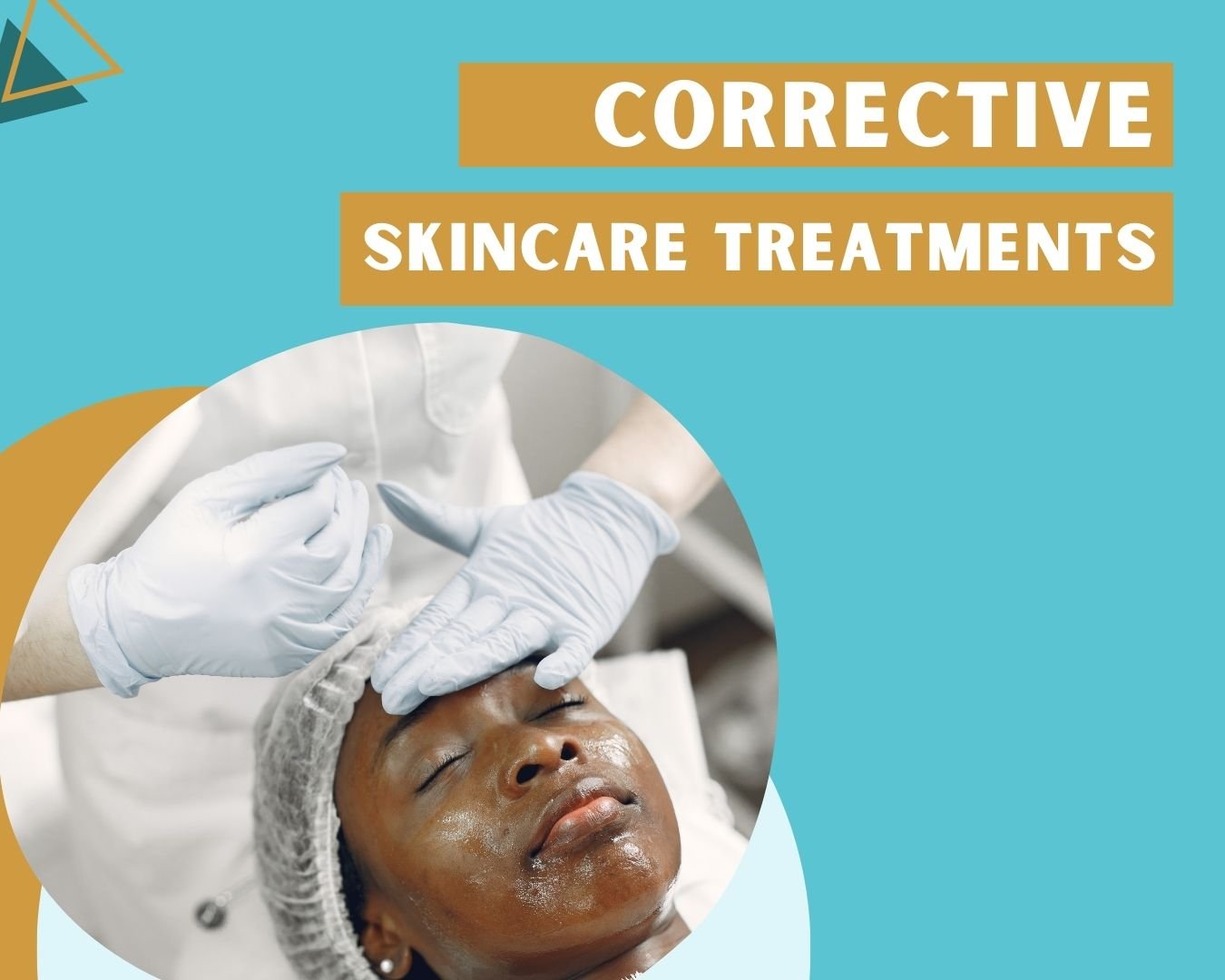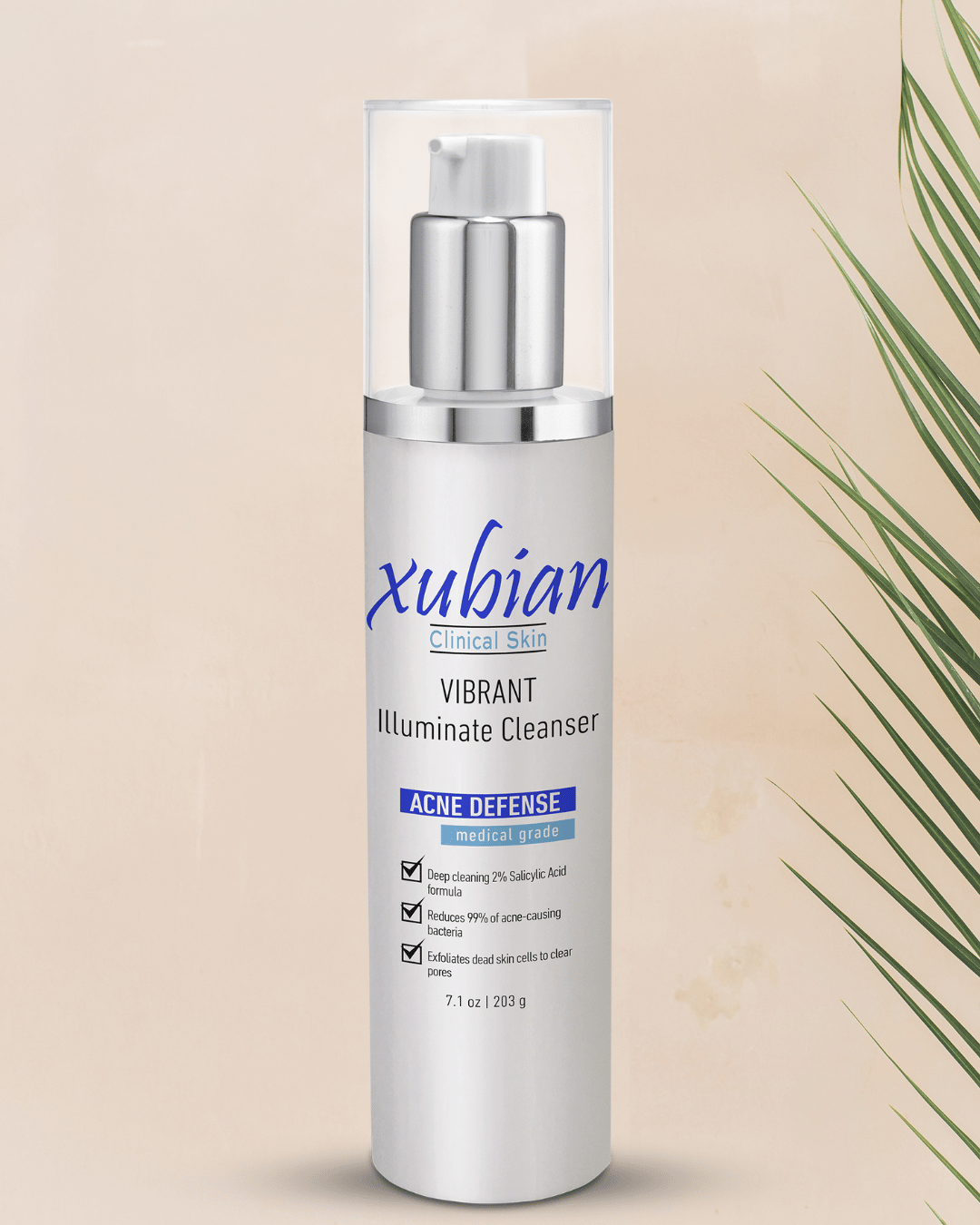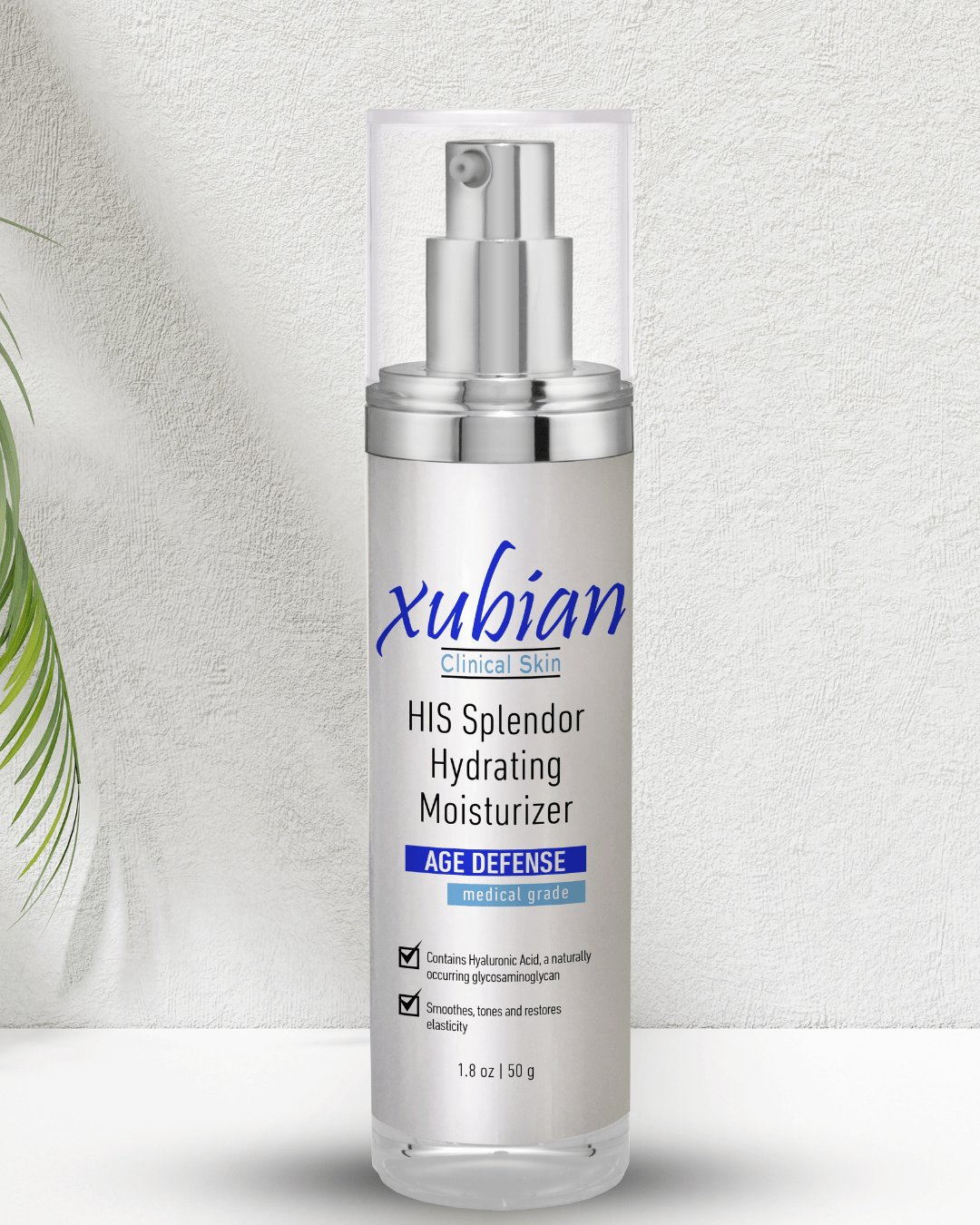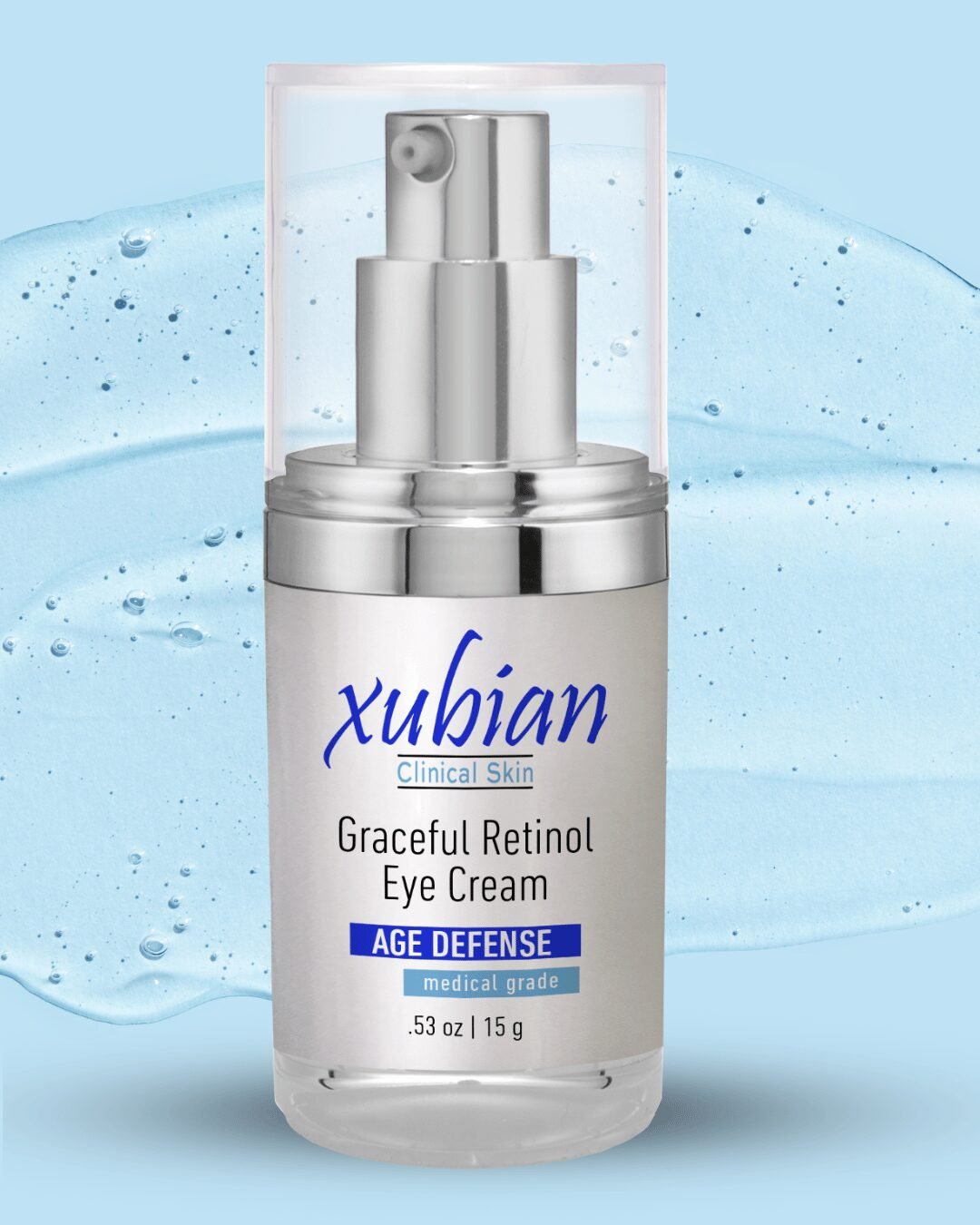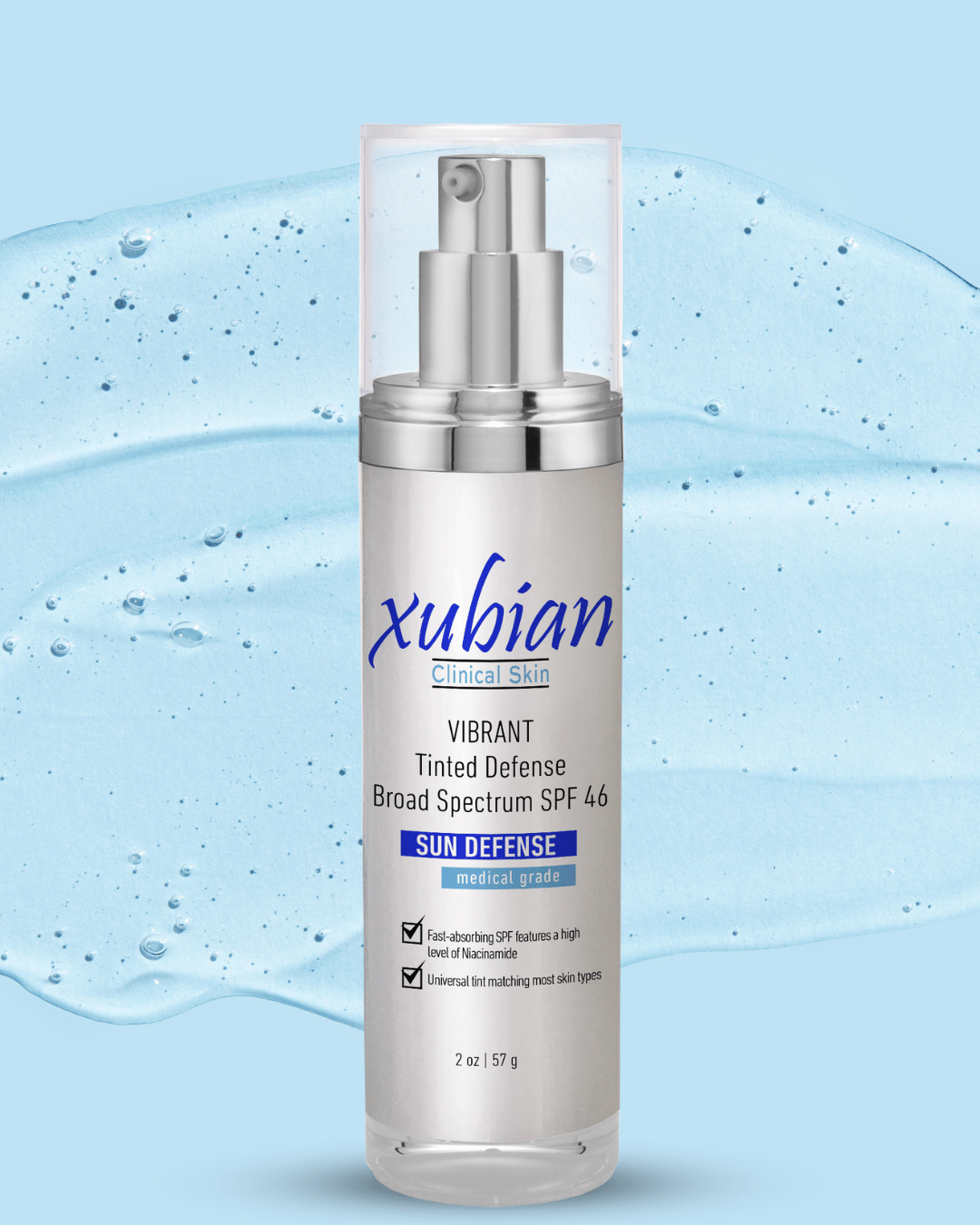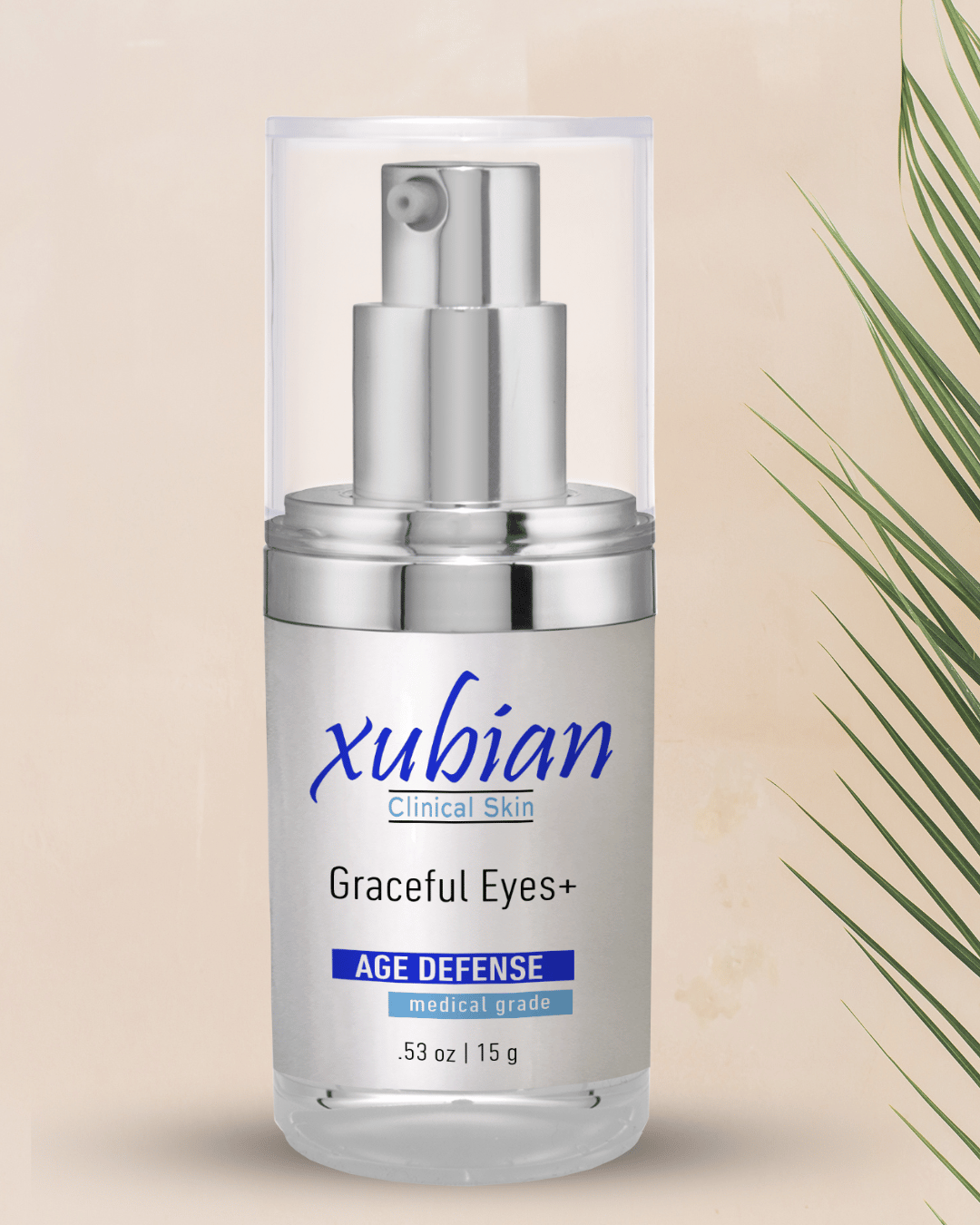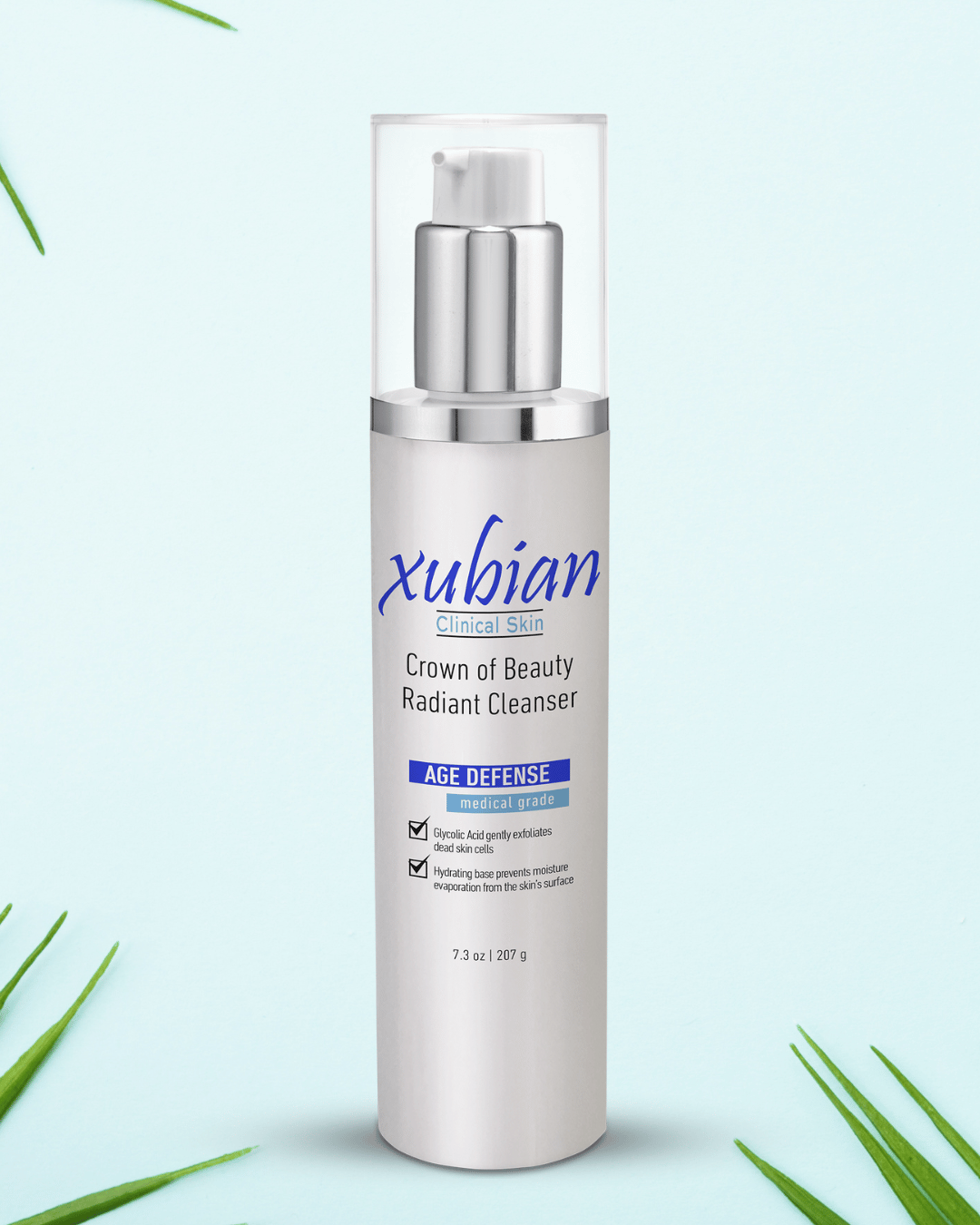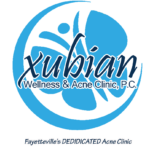Sharing is caring!
Use these practical fall skincare tips to keep your skin hydrated, protected, and glowing. Did you know that skin barrier function can decrease by up to 25% during seasonal transitions? As the leaves start to change and temperatures drop, your skin needs extra attention!
You might notice that what worked so well in summer isn’t quite enough anymore—suddenly, your skin feels tight, looks dull, and might even start to flake. This seasonal skincare transitions isn’t uncommon, but it’s why adapting your skincare routine for fall is key. Even a few small tweaks can make a big difference, giving your skin the extra hydration and protection it needs during this time of year.
As the top dermatologist in Fayetteville NC, I bring you the most effective autumn skincare and fall beauty tips that will help you maintain that summer glow well into the cooler months. From simple routine adjustments to product recommendations, these expert tips will transform your autumn skincare game.
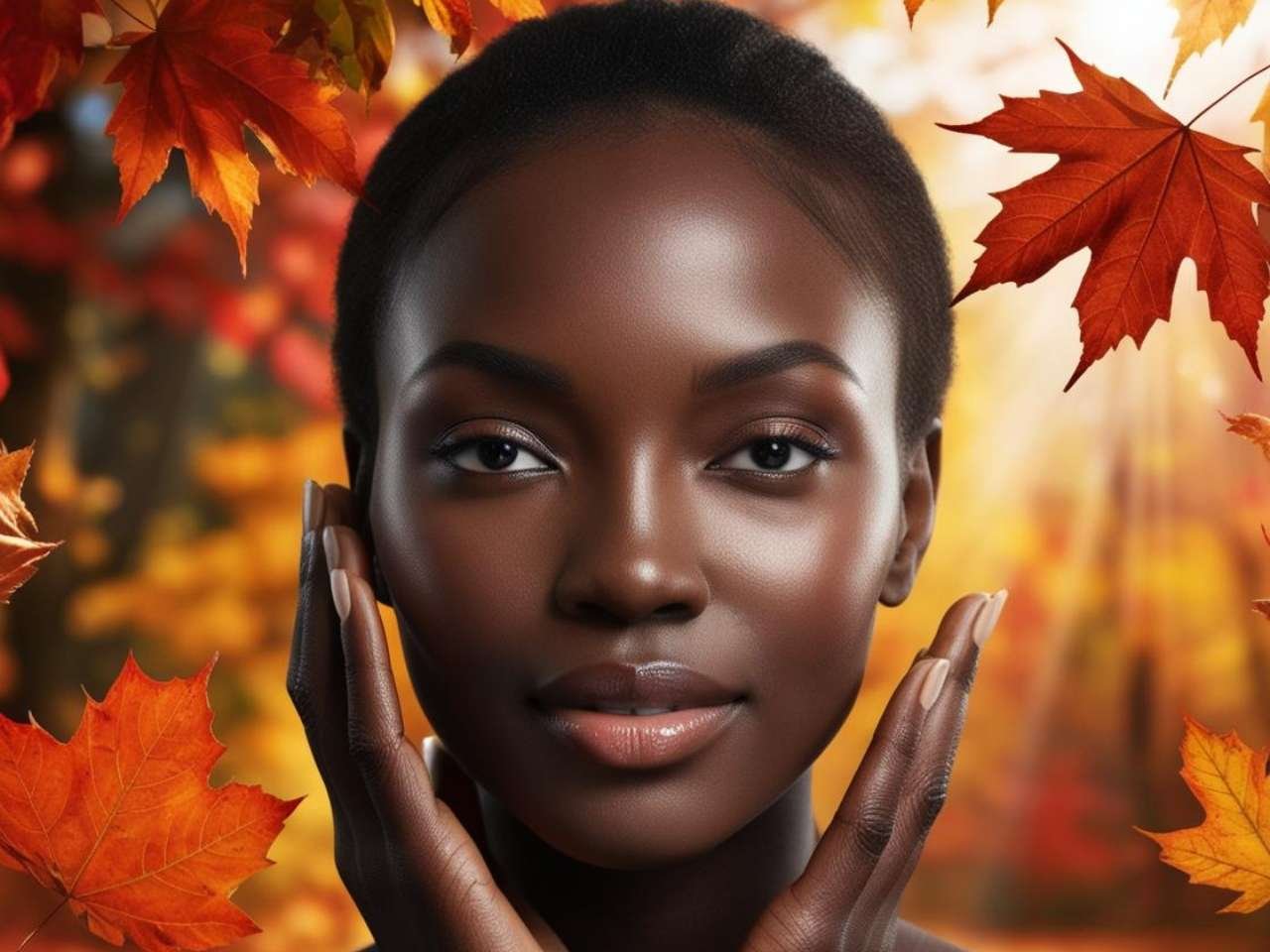
DISCLAIMER
The information provided in this blog post is for educational purposes only and should not replace professional medical advice. Consult with a healthcare provider or dermatologist for personalized skincare recommendations. Please Read Our Disclaimer for more!
Why Your Skin Changes in Fall
Let’s talk about why your skin goes totally haywire when autumn rolls around! I’ve spent years helping clients navigate seasonal skin changes, and trust me, you’re not imagining those sudden dry patches and random breakouts. Cooler temperatures, lower humidity, and harsh winds strip away moisture, while indoor heating further dries out the air. Temperature fluctuations during fall can seriously mess with your skin barrier – in fact, research shows that skin barrier protection can decrease by up to 25% during seasonal transitions.
Why your skin feels different in Fall:
- Shift in humidity levels:
During summer, the higher humidity helps skin stay naturally hydrated. But when fall hits and the air becomes drier, there’s less moisture in the environment to support that natural hydration. Your skin’s outer layer, the epidermis, loses water more quickly, leading to dryness, flakiness, and a dull appearance.
- Increased exposure to wind and colder air:
This can disrupt the protective lipid layer on the surface of your skin and decrease natural oil production. This lipid barrier acts like a natural shield, keeping moisture in and environmental irritants out. When it’s compromised, your skin is more vulnerable to dehydration and irritation. This is why you might notice redness or rough patches as the weather gets cooler.
- Indoor heating
Once we turn on our heaters to combat the chilly air outside, our skin faces another dryness trigger. Central heating sucks moisture out of the air, creating an environment that’s not so skin-friendly. Spending hours in this dry, heated air can make your skin feel parched and tight, especially if you don’t adjust your skincare to meet these new demands.
- Cooler air means less moisture, so skin needs added hydration.
- Sticking with summer products can lead to dryness and sensitivity.
- Adapting your skincare routine each season helps maintain a balanced, glowing complexion.
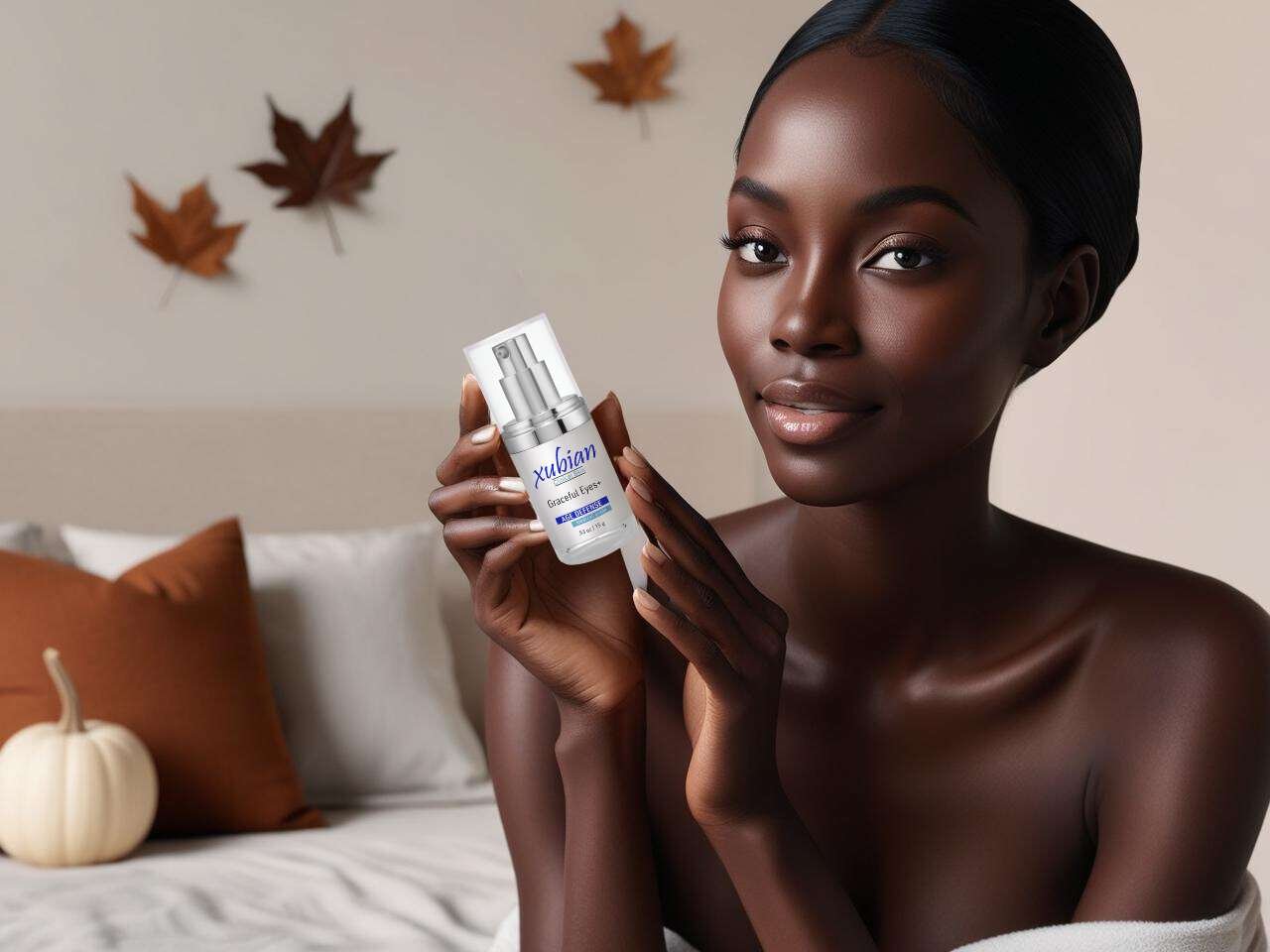
14 Fall Skincare Tips for a Glowing Skin
If you are looking to adapt your skincare routine for fall, let this post be your fall skincare guide that will help you transition your skincare for fall. The tips are listed in no particular order and is meant to
1. Switch to Gentler Cleansers:
Switching to a gentle, hydrating cleanser in fall can make all the difference for your skin. Switch to a mild, cream or oil-based cleanser with no sulfates or harsh surfactants, that hydrates as it cleans.
check out our COB Radiant Cleanser – a cream-based cleanser that’s perfect for fall.
According to a 2023 study in the Journal of Clinical and Aesthetic Dermatology, using an overly harsh cleanser can disrupt your skin barrier function by up to 47%. Don’t use your harsh summer cleansers in fall. Cleansers containing Salicylic acid can destroy your moisture barrier, and foaming cleansers can strip essential oils if used during the colder and drier months.
Look for a non-foaming formula that gently cleans without leaving your skin tight. For many, adding cleansers with ceramides, glycerin, panthenol or hyaluronic acid to the routine can help lock in moisture even before you moisturize.
- Ingredients like ceramides, hyaluronic acid, and glycerin.
- Avoid harsh foaming agents like sodium lauryl sulfate.
- Non-foaming and low-foaming formulas for a gentler cleanse.
Shop our VIBRANT Wash Gel Cleanser – the perfect fall cleanser for acne skin
2. Choose a Richer Moisturizer:
One of the most important fall skincare tips is choosing the right moisturizer. Your skin loses up to 25% more moisture during fall months compared to summer.
Fall demands a thicker, richer moisturizer, as our skin tends to lose hydration faster in cooler weather. If you’re used to a lightweight gel in summer, it might be time to switch to something creamier. The goal is to help your skin hold onto as much moisture as possible.
Look for ingredients like Squalane, Peptides, Niacinamide Hyalauric acid, ceramides, and shea butter, which add moisture without making your skin feel greasy. Think of these ingredients as your skin’s personal water delivery system. Here’s why they’re crucial:
- Hyaluronic Acid (HA) for instance, holds up to 1000x its weight in water, studies show 52% improvement in skin hydration and works at different skin depths.
- Niacinamide (the multitasker your fall skin needs)
- Shea butter (your new best friend for skin barrier repair)
- Ceramides are natural part of your skin barrier, they help prevent moisture loss, but decrease by 30-40% in fall.
- Look for creams or oils with peptides, hyaluronic acid, squalane, or shea butter.
- Avoid lightweight gels unless you have very oily skin.
Shop our Hydrating Moisturizer that deeply moisturizes, plumps your skin and decreases wrinkles without any oily feel.
3. Exfoliate, But Don’t Overdo It:
Fall is actually the perfect time to establish a gentle exfoliation routine. As we move into colder months, dead skin cells accumulate more quickly. This can create a dull appearance and prevent products from absorbing properly. Chemical exfoliants like AHAs (Alpha Hydroxy Acids) can be especially effective at this time of year, but over-exfoliating can cause sensitivity, redness, and even disrupt your skin barrier.
A common mistake is to use exfoliants too often. To avoid this, start with once a week and see how your skin reacts then increase to 2-3 times per week during fall. When used properly, a gentle chemical exfoliant, like glycolic acid or lactic acid, can reveal fresh skin without the harshness of a physical scrub.
- Start with once-a-week applications and adjust based on your skin’s needs.
- AHAs (like glycolic acid) are great for sloughing off dead skin gently.
- Avoid physical exfoliants, as they can be too harsh for fall-dry skin.
Shop our Medical grade Microderm Exfoliator that deeply exfoliates and improves dull skin
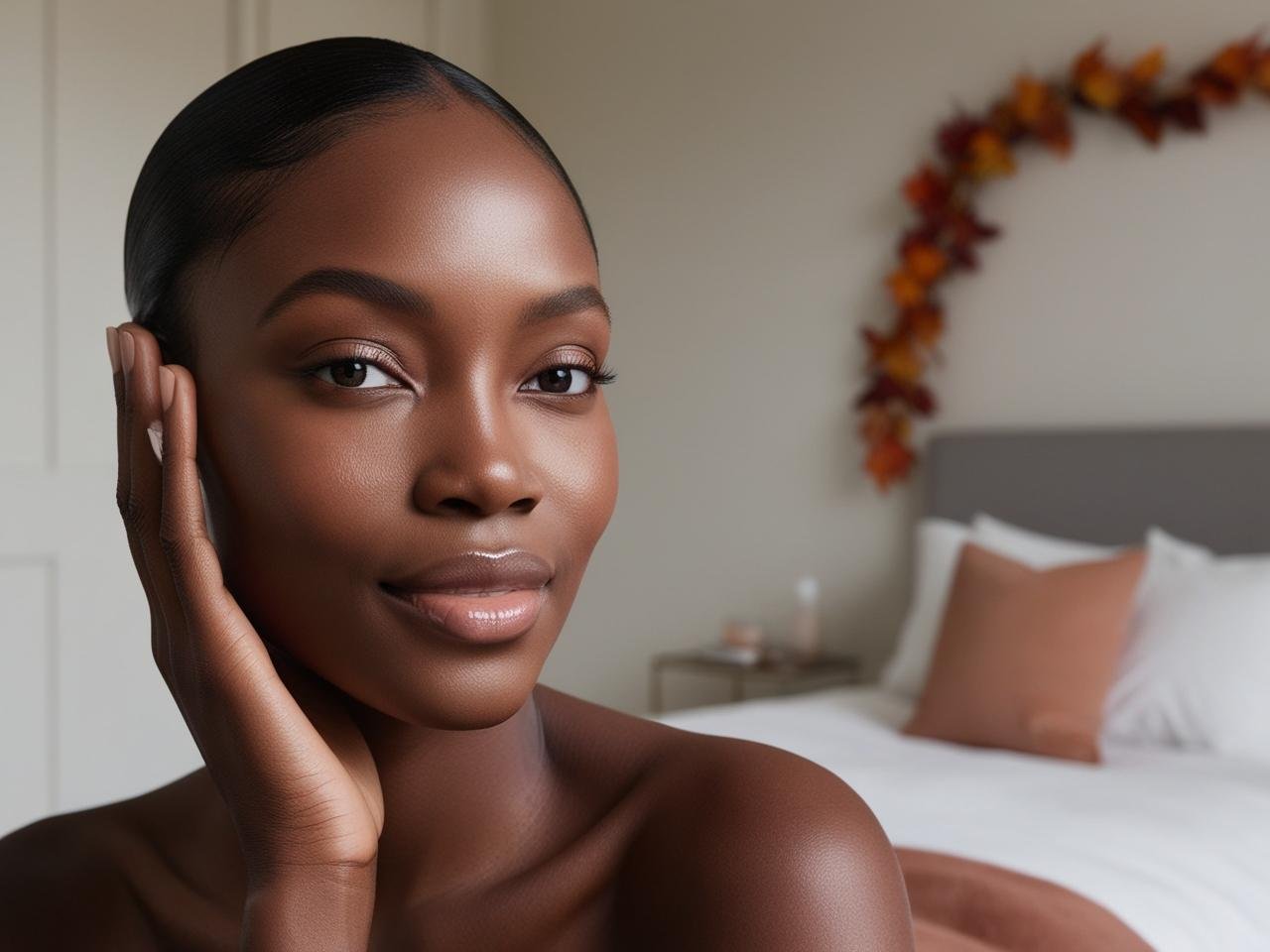
4. Don’t Skip The Sunscreen:
Sunscreen is just as important in fall as it is in summer. Many people skip sunscreen when the temperature drops, thinking the sun isn’t as strong. However, WHO says UV rays can penetrate clouds, and UVA rays (the kind that age your skin) are present year-round. Using a broad-spectrum sunscreen with at least SPF 30 is essential to protect your skin from sun damage and premature aging.
For fall, you might want to switch up your sunscreen formula. Many people find that chemical sunscreens that worked great in summer can become irritating in fall. Look for mineral-based sunscreens with added moisturizing ingredients.
- Use a broad-spectrum sunscreen with SPF 30 or higher.
- Apply every morning, even if you’re not planning to go outside and reapply every 2 hours of sun exposure.
- Look for sunscreens with added moisturizers to combat dryness.
Our Tinted Defence Broad Spectrum SPF 46, mineral-based Sunscreen with added moisturizers will offer you the perfect protection this Fall season.
5. Incorporate Antioxidants into Your Routine:
Fall is full of environmental stressors—think cold air, wind, and even pollution. Antioxidants protect skin from these stressors, acting as a shield against free radicals. A Vitamin C serum is a great place to start if you’re new to antioxidants. It can help brighten the skin while offering protection.
Incorporating antioxidants into my own routine made my skin look healthier and more even-toned. Plus, it feels good knowing you are giving your skin an added layer of protection! Consider adding Vitamin C in the morning and Vitamin E at night for a powerhouse combo.
6. Start Using a Humidifier:
With indoor heating kicking in, humidity levels drop, which can leave your skin parched. A humidifier can be a game-changer for your skin in the fall. When indoor humidity drops below 30%, your skin starts losing moisture to the air. A humidifier helps maintain optimal humidity levels (between 40-60%) for healthy skin.
By adding moisture back into the air, a humidifier prevents your skin from drying out overnight, keeping it soft and hydrated.
- Adds moisture to dry indoor air, reducing skin dehydration.
- Helps keep your skin’s moisture barrier intact.
- Allows your skincare products to work more effectively overnight.
Just make sure to clean your humidifier regularly to avoid mold and bacteria buildup!
7. Hydrate from the Inside Out:
It’s easy to overlook hydration when it’s cold outside, but keeping your body hydrated is essential for healthy skin. In fall, we’re more likely to reach for coffee or hot chocolate instead of water, which can leave our skin feeling dry. If you’re not drinking enough water, your skin will look and feel dehydrated, no matter how many moisturizers you layer on.
A fun tip? Try herbal teas that not only hydrate but also deliver skin-boosting benefits. Teas like chamomile or green tea are full of antioxidants, which help to protect your skin from environmental damage.
- Aim for 8 glasses of water a day, even in cooler months.
- Replace coffee with herbal teas for added skin benefits.
- Keep a water bottle with you to remind yourself to sip throughout the day.
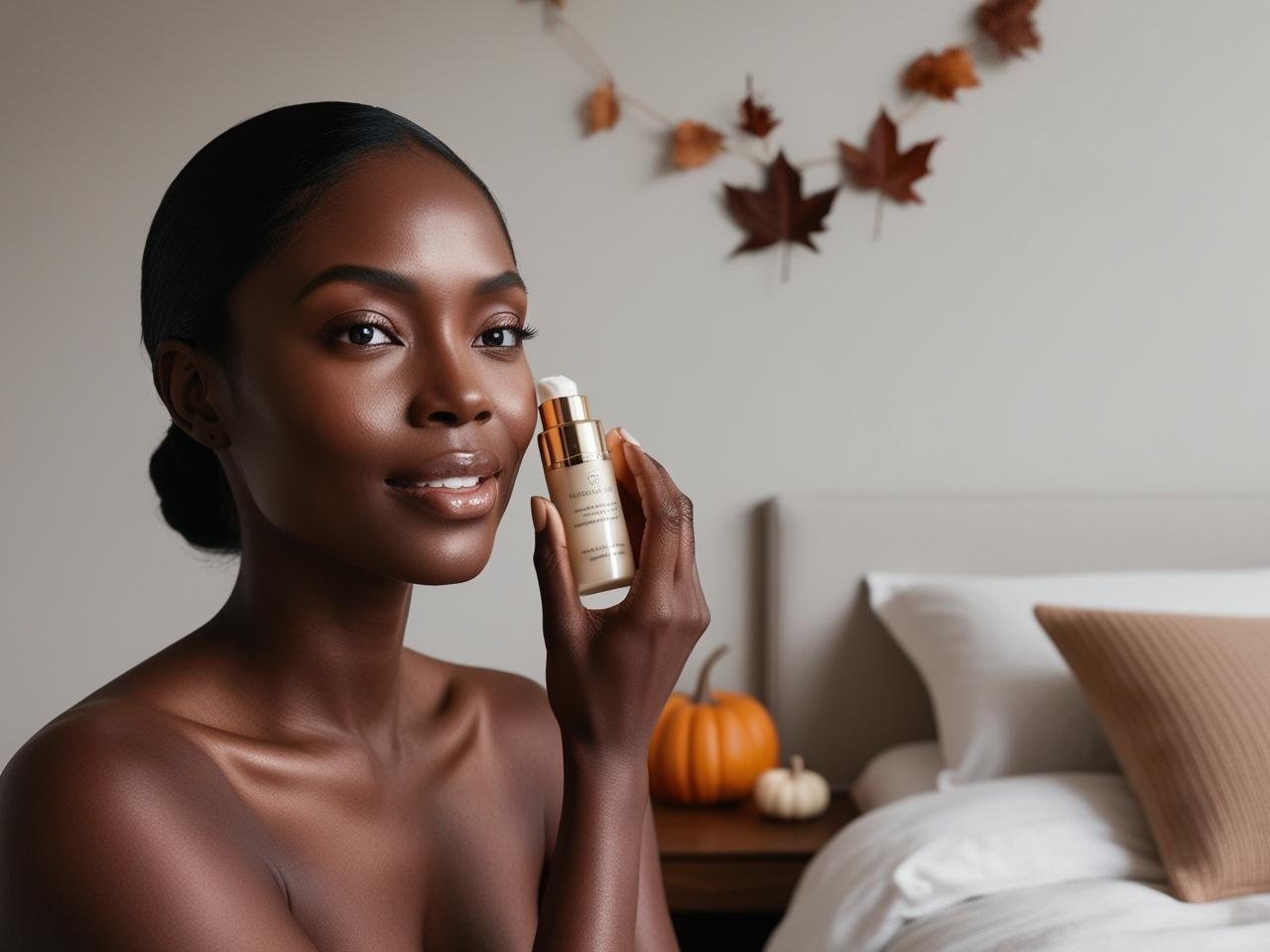
8. Consider Adding retinoids to your Routine:
Fall is an ideal time to start using retinoids because the cooler weather makes it easier to manage any initial irritation they may cause. Retinoids are fantastic for boosting collagen, reducing fine lines, and evening skin tone. They can make a significant difference in your skin’s appearance over time.
However, retinoids can be tricky! Many people make the mistake of applying too much too quickly, leading to irritation and peeling. Start slowly, using it once a week, and gradually work up to more frequent applications.
9. Add a Hydrating Serum to your Routine:
The cooler weather tends to zap moisture from our skin, so a hydrating serum packed with ingredients like hyaluronic acid, glycerin, or squalane can make a huge difference. Serums are lightweight, making them perfect for layering under your moisturizer without feeling heavy. They penetrate deeper into the skin, delivering hydration right where you need it.
Adding a hydrating serum to your fall skincare routine can revolutionize how your skin handles seasonal changes. It’s a small step with major benefits, ensuring your skin stays soft, hydrated, and radiant no matter how chilly it gets outside.
10. Consider Adding Face Oils (Your New Fall BFF!):
Autumn is THE perfect time to hop on the facial oil train. Think of face oils as your skin’s personal bodyguard against fall weather. They create a protective barrier that:
- Locks in moisture
- Protects against environmental damage
- Balances your skin’s natural oil production
- Gives you that coveted “glass skin” glow
11. Revitalize Your Lips:
Fall can be especially harsh on your lips. Unlike the rest of your skin, lips don’t have oil glands to keep them naturally moisturized, making them highly prone to dryness and cracking when the temperatures drop. When the cold air meets the dry, heated indoor air, the thin skin on your lips loses moisture even faster, leaving them chapped and sensitive.
A lot of people make the mistake of licking their lips thinking it would add moisture. Turns out, that’s a quick recipe for making things worse! As saliva evaporates, it actually dries out your lips even more. Instead:
- consider keeping a hydrating lip balm within reach and apply it regularly, especially after eating or drinking. Balms with ingredients like beeswax, shea butter, and natural oils create a protective layer that seals in moisture and shields your lips from the drying effects of the weather.
- don’t forget sun protection! Even though it’s cooler, UV rays can still damage your lips, so look for a lip balm with SPF 15 or higher.
- Exfoliating once a week with a gentle scrub or even a soft toothbrush can also help remove any flaky skin, allowing your lip balm to penetrate more deeply and work more effectively.
12. Body Care: Extend you Skincare Beyond the Face:
It’s easy to focus on facial skincare, but don’t forget that your body needs extra attention, too! When fall rolls in, skin all over your body can start feeling rough, flaky, and dehydrated. Lower humidity levels combined with warm showers and tighter, insulating clothing can draw moisture away from your skin, leaving it dry and itchy.
Consider switching to a creamier, more hydrating body wash, one with ingredients like glycerin, retinol, or ceramides that help to lock in moisture. After showering, when your skin is still slightly damp, apply a thick moisturizer or body cream. Lotions with hyaluronic acid, shea butter, or natural oils create a barrier to trap moisture, helping your skin feel softer for longer.
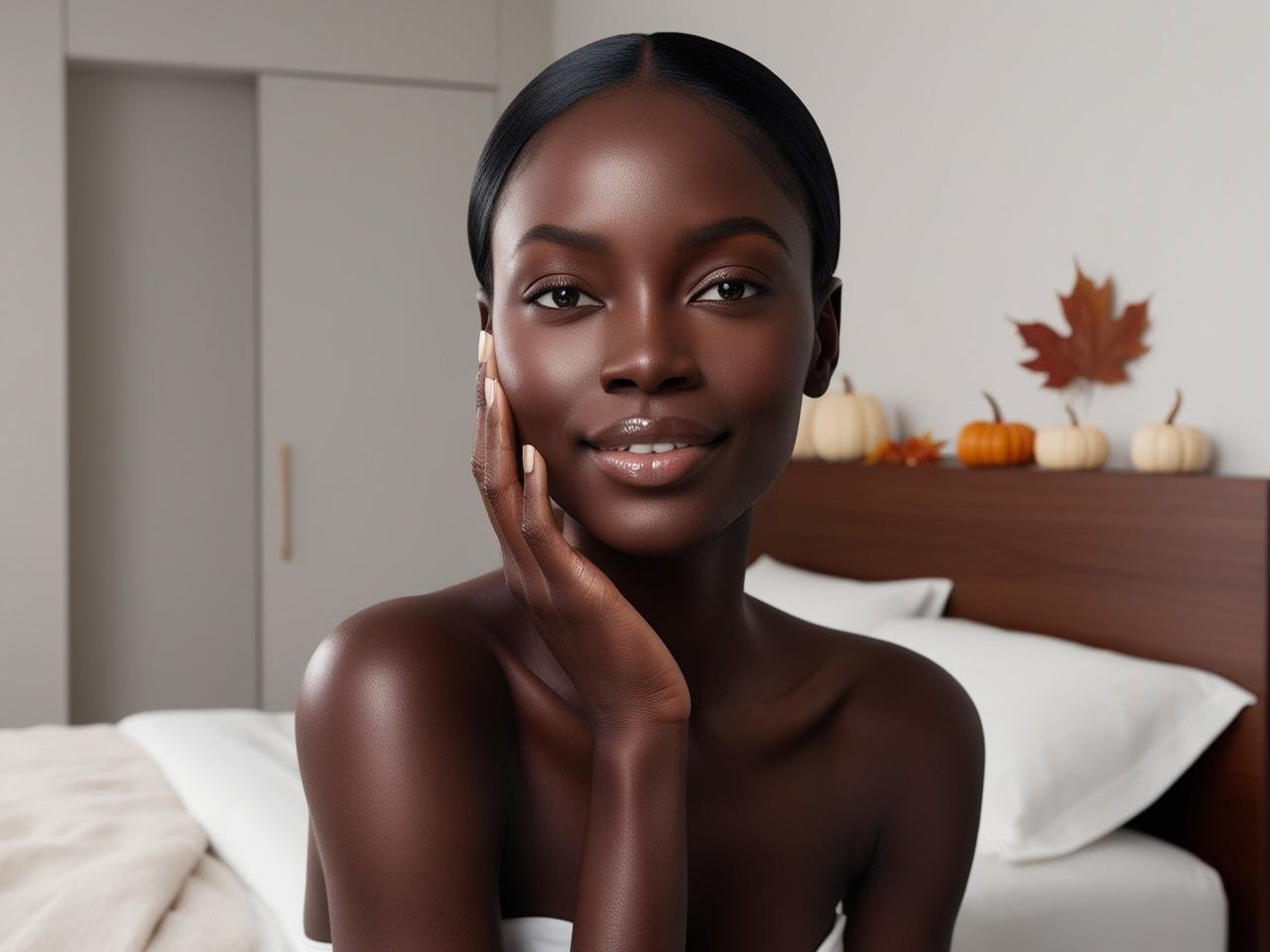
13. Prioritize Sleep & Stress Management for Healthy Skin:
Fall often comes with busy schedules, holidays, and changing routines, which can mean less sleep and more stress—two major factors that can impact skin health. During sleep, our bodies go through a repair process, restoring skin cells and boosting collagen production. Skimping on sleep can lead to a dull complexion, under-eye circles, and even more fine lines and wrinkles over time.
Stress doesn’t do any favors for your skin, either. Increased cortisol levels (the stress hormone) can lead to breakouts, oiliness, and even skin sensitivity. Incorporating stress management techniques like deep breathing, exercise, or a few minutes of meditation daily can have a surprising impact on your skin’s health.
14. Schedule a Dermatologist Visit (Your Skin’s Annual Check-Up):
Think of this as your skin’s annual physical! Fall is actually the perfect time to:
- Get a skin screening
- Discuss any concerns
- Plan treatments for the year
- Update your skincare routine
What to Ask Your Derm:
- Changes in your skin concerns
- Product recommendations
- Treatment planning
- Preventive and corrective care steps
Protect Your Skin and Age Beautifully.
There is no alternative to taking good care of your skin. If you have questions and concerns about your skin, or if you would like some help with acne, hyperpigmentation, skin tags and other skin concerns that may impact your appearance, or need help with your skincare routine or skincare products that will help nourish your skin in fall, we’re here for you. Learn more about our personalised skincare solutions for people of color. Contact us today to get started.
Conclusion: Embrace the Seasonal Shift for Healthier Skin
Switching up your skincare routine for fall might seem like extra work, but your skin will thank you for it! Adapting to the cooler weather with these dermatologist-approved tips can keep your complexion balanced, radiant, and healthy all season long. Remember, taking a few extra steps now can prevent common fall skincare struggles like dryness, irritation, and sensitivity.
Each tip, from transitioning to a gentle cleanser to staying hydrated and using a humidifier, is designed to help your skin adapt to fall’s unique challenges.
Ready to start your fall skincare journey? Try implementing one or two of these fall skincare tips at a time, and see how your skin responds. And don’t forget to share your own tips and experiences in the comments below—your insights could be just what someone else needs to achieve their best fall skin yet!
Share this on Pinterest!
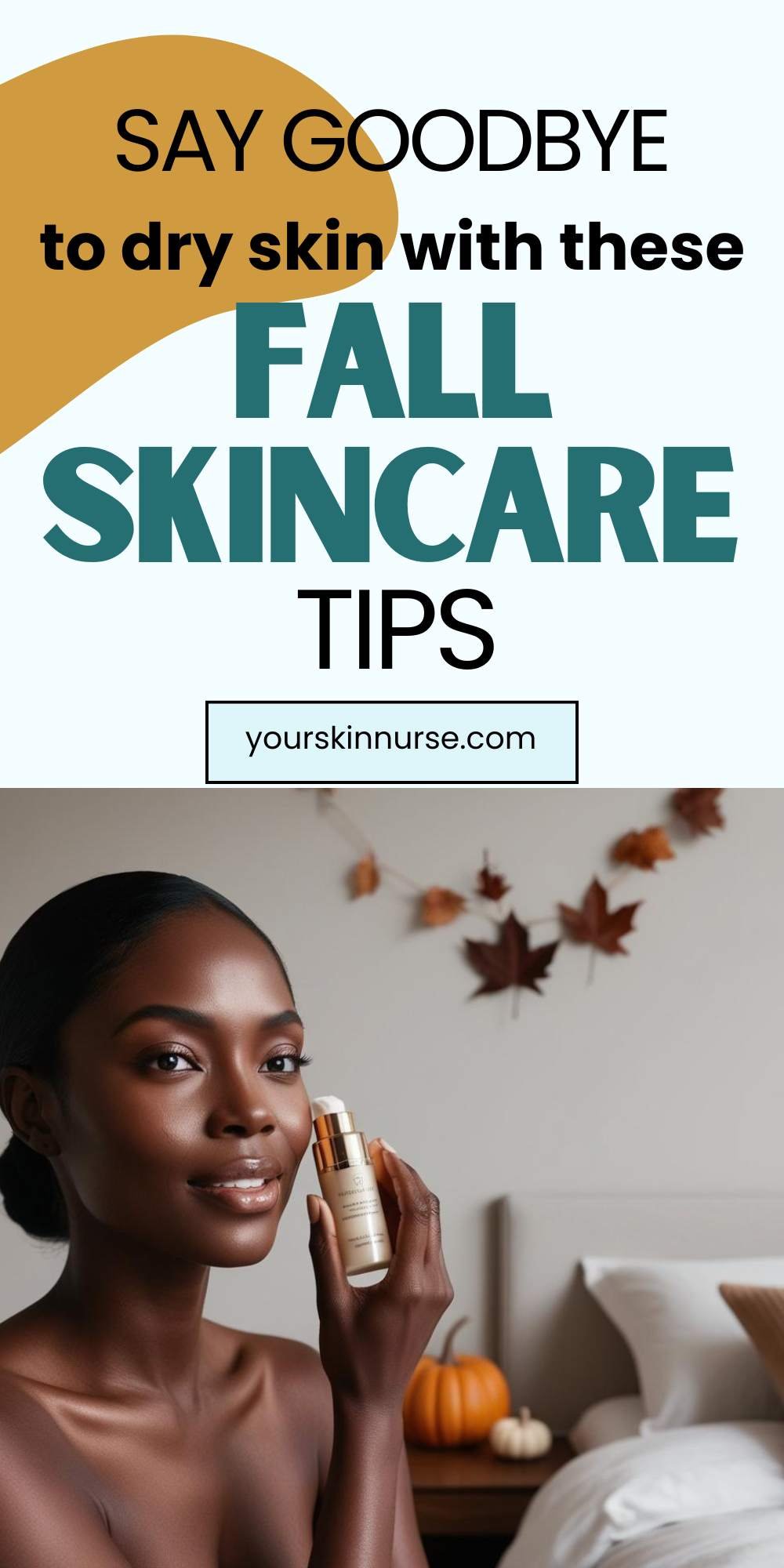
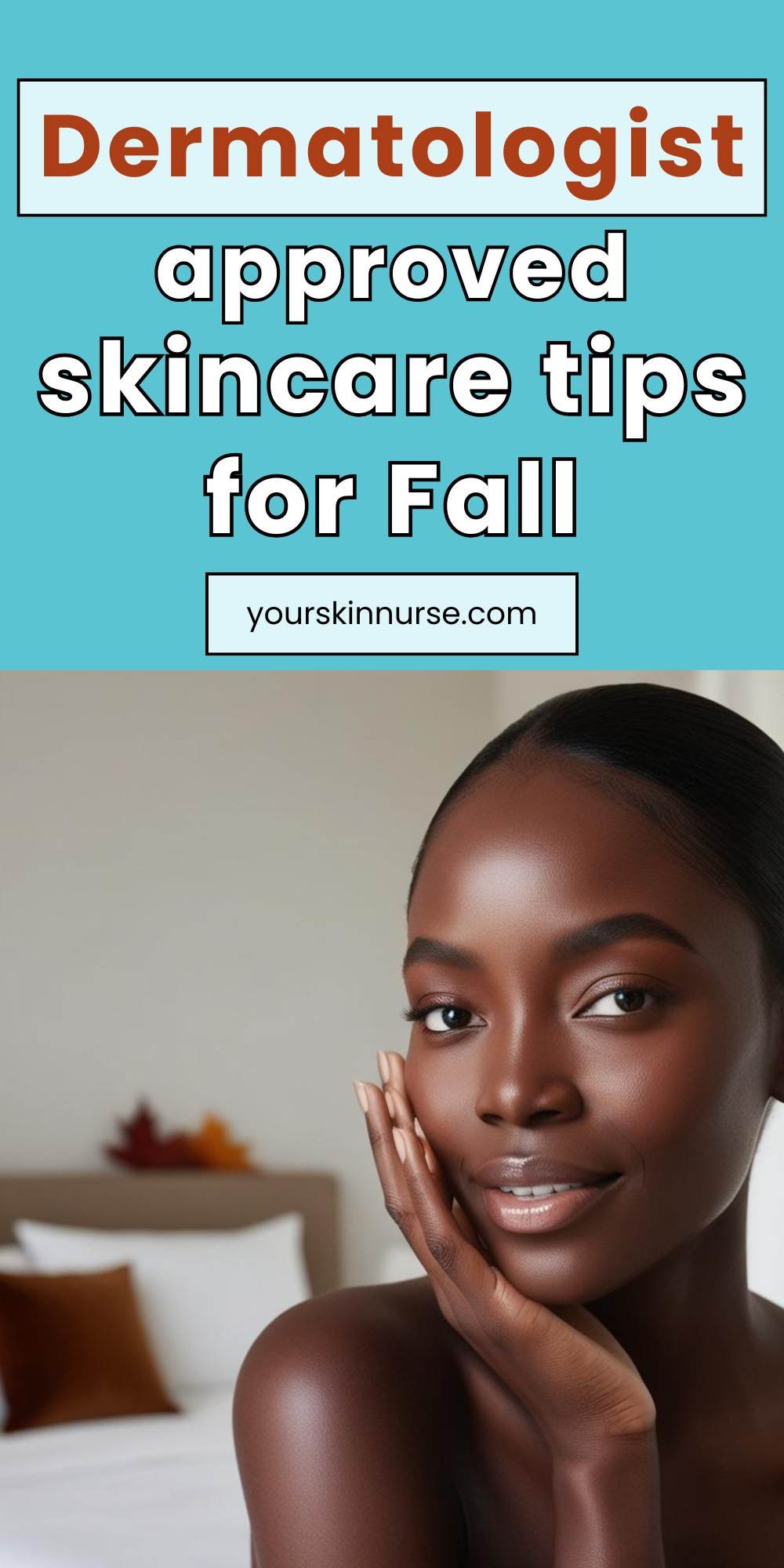
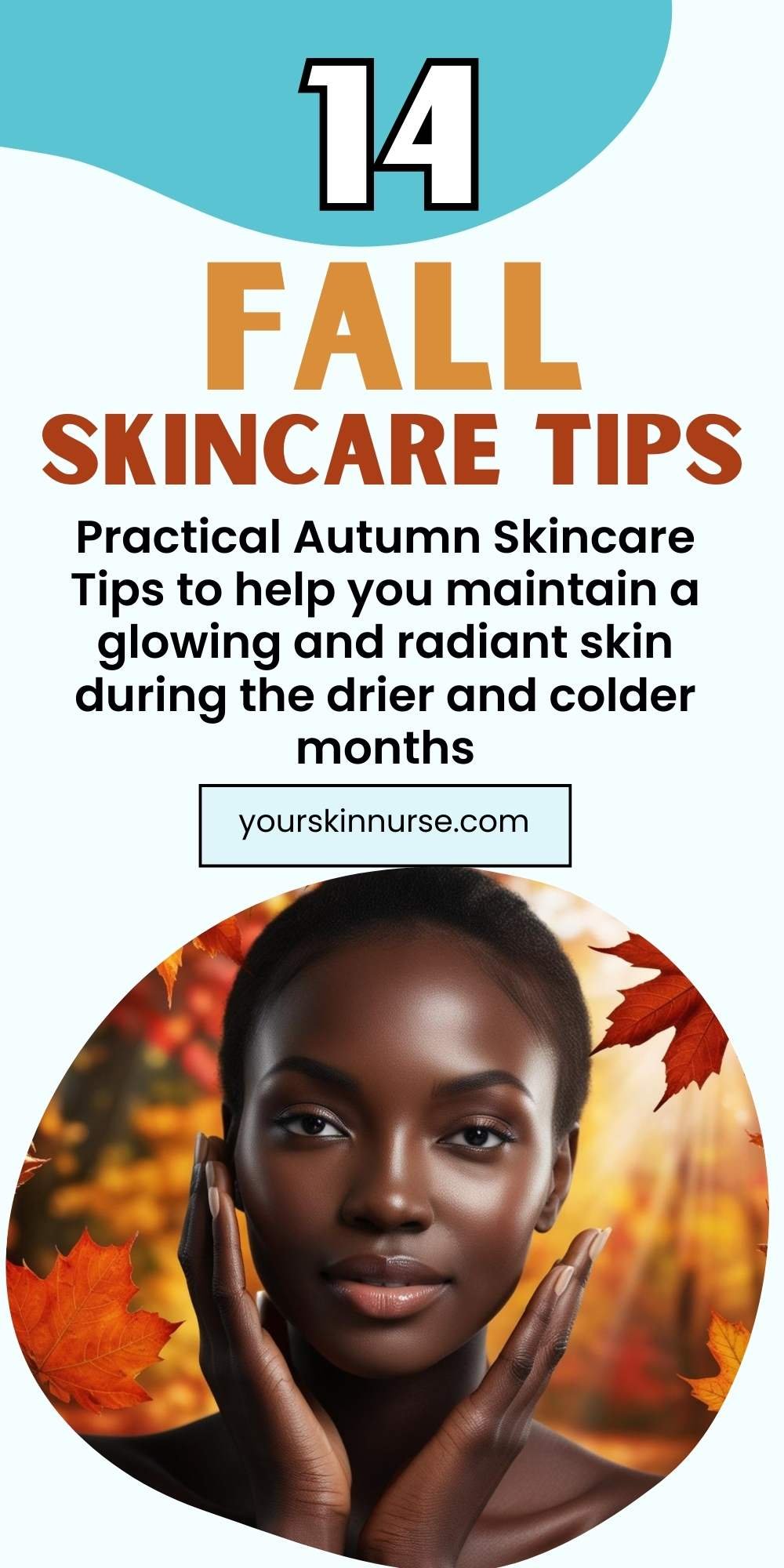
Sharing is caring!
